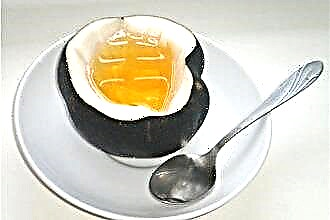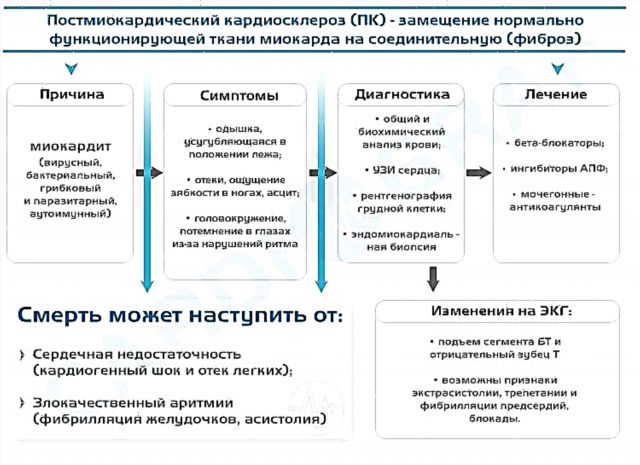Acute otitis media is one of the infectious and inflammatory ENT diseases resulting from catarrhal lesions of the main parts of the middle ear. The development of ENT disease is always signaled by aching or throbbing pains, ear congestion, exudative discharge from the external auditory canal. Infants are susceptible to the development of the disease, which is associated with the anatomical structural features of the middle ear and mucous membranes of the ear cavity.
Diagnosis of ear pathology is based on the results of radiography, audiometry, tomography, otoscopy and blood tests. A thorough examination of the affected organ of hearing allows you to determine the degree of hearing loss, the prevalence of foci of inflammation and, accordingly, the optimal course of treatment for ENT disease.
Epidemiology

In pediatric and adult otolaryngology, acute inflammation of the mastoid, Eustachian tube and tympanic cavity is the most common ear disease. Acute otitis media is one of the common post-infectious complications resulting from ineffective treatment of inflammation in the nasopharynx. Due to the high prevalence of bacterial and viral infections, ear disease occupies a dominant place in pediatric infectious diseases.
According to statistics, acute otitis media is diagnosed in about 20% of children with acute respiratory infections. Within 1 year of life, ear pathology develops in 62% of children, about 17% have repeated relapses. By the age of 5, more than 90% of children suffer an ENT disease, which, if not timely diagnosed and treated, becomes chronic.
In 12% of patients, with the development of ear pathology, neuroepithelial cells located in the ear labyrinth are affected. This is fraught with the development of sensorineural hearing loss and complete hearing loss.
The reasons for the development of otitis media
Bacteria, such as streptococci, moraxella, Haemophilus influenzae and pneumococci, play a key role in the development of acute ear inflammation. In rare cases, pathological changes in the mucous membrane of the tympanic cavity occur due to the development of fungi (otomycosis). The pathogenic flora penetrates into the organ of hearing mainly in a tubogenic way, i.e. through the Eustachian tube.
Normally, the auditory tube, which connects the nasopharynx to the ear, performs a barrier, drainage and ventilation function. But in the case of the development of local or general infections, a decrease in immunity occurs. Subsequently, this leads to infection of the mucous membranes of the organ of hearing and the occurrence of inflammatory processes.
The following types of infections contribute to the development of acute otitis media in adults and children:
- adenoids;
- pharyngitis;
- rhinitis;
- flu;
- laryngitis;
- laryngotracheitis;
- scarlet fever;
- tuberculosis;
- measles;
- rubella.
Much less often, the infection penetrates into the ear cavity by the transtympanic route, i.e. through a perforated eardrum. Even less often, pathogens enter the middle ear by a casuistic route (from the cranium, ear labyrinth). Not so long ago, experts found out that an allergic reaction plays an important role in the pathogenesis of the disease.
The development of otitis media is more susceptible to people suffering from allergic dermatitis and rhinitis, bronchial asthma and exudative diathesis.
Etiology of childhood otitis media
According to pediatricians, children are more prone to ear inflammation, which is associated with the anatomical and physiological features of the structure of the hearing aid. The main ones include:
- the presence of myxoid tissue in the tympanic cavity, which is loose in structure and therefore susceptible to infection;
- a large and short Eustachian tube, through which bacteria and viruses quickly penetrate into the ear cavity;
 the location of the ear canal in a horizontal plane, which significantly increases the risk of breast milk or infant formula flowing into the ear;
the location of the ear canal in a horizontal plane, which significantly increases the risk of breast milk or infant formula flowing into the ear;- the close location of the mouth of the Eustachian tube to the adenoids, which leads to the development of otitis media with the slightest inflammation of the throat or nasal mucosa.
Important! The reason for frequent relapses of ENT disease in children is the reduced reactivity of the body. To restore local and general immunity, it is necessary to use immunostimulants and vitamin complexes.
In the development of acute otitis media in children, prematurity, the pathological course of pregnancy, artificial feeding and obstetric injuries play an important role. The provocateurs of inflammatory processes in the ear can be hypovitaminosis, diathesis or rickets.
Clinical picture
During an acute infectious-inflammatory ENT disease, three stages are distinguished, the total duration of which does not exceed three weeks. Each of them has its own symptoms, thanks to which you can find out the degree of neglect of catarrhal processes and the optimal treatment regimen for ear pathology:
- preperforative stage - it takes from several hours to 4 days, during which the patient feels an increasing pain in the ear, noises and dizziness. Clinical manifestations are largely due to infiltration of the mucous membranes of the ear cavity, provoking edema and inflammation of the tissues;
- perforated stage - occurs when the ear membrane is perforated. Due to the infiltration of the mucous membranes and the accumulation of exudate, the pressure on the ear membrane also increases, as a result of which it breaks through and the contents of the tympanic cavity flows into the ear canal. After the evacuation of the exudate, the acute manifestations of the disease subside;
- reparative stage - manifests itself after the expiration of exudate from the ear cavity and is characterized by a decrease in pain and swelling of the auditory canal. Over the course of a few days, the holes in the ear membrane heal up, resulting in increased hearing.
Ear pathology does not always proceed with a typical symptomatic picture. In particular, in children, spontaneous perforation of the tympanic membrane does not always occur when exudate accumulates in the ear. This is due to the high density of the membrane, the integrity of which is not violated even at high pressure on its surface. As a result, serous exudate or purulent masses are evacuated not into the ear canal, but the ear labyrinth, the defeat of which is fraught with the development of labyrinthitis and dysfunction of the auditory analyzer apparatus.
Antibacterial therapy
Since inflammation in the ear cavity is most often caused by the development of bacteria, antibacterial drugs are used to eliminate them. In this case, the treatment of acute otitis media should be complex, i.e. include drugs not only systemic, but also local action. To stop inflammation and local manifestations of the disease, the following types of medications are used:
- "Tsifran" is an antibacterial drug that disrupts the mechanisms of development of bacterial pathogens in the affected cells of the mucous epithelium;
- "Solutab" is a broad-spectrum antibiotic with bacteriostatic properties. The components of the drug are active against most gram-positive and gram-negative microbes;
- Ekoklav is a semi-synthetic antibacterial drug that inhibits the synthesis of β-lactamase by bacteria. This contributes to the suppression of their activity and, accordingly, to a decrease in the number of their colonies;
- "Garazon" - ear drops of combined action, containing glucocorticosteroids. Relieves inflammation, tissue edema and promotes the regeneration of the affected mucosa;
- "Sofradex" is an antiphlogistic, antiallergic and regenerating drug. Relieves local manifestations of otitis media.
For the treatment of acute otitis media in children, experts recommend using penicillin drugs. They contain fewer toxic substances, which prevents the occurrence of allergic reactions. In case of ineffectiveness of medicines, cephalosporins and macrolides are included in the treatment regimen.

 the location of the ear canal in a horizontal plane, which significantly increases the risk of breast milk or infant formula flowing into the ear;
the location of the ear canal in a horizontal plane, which significantly increases the risk of breast milk or infant formula flowing into the ear;

